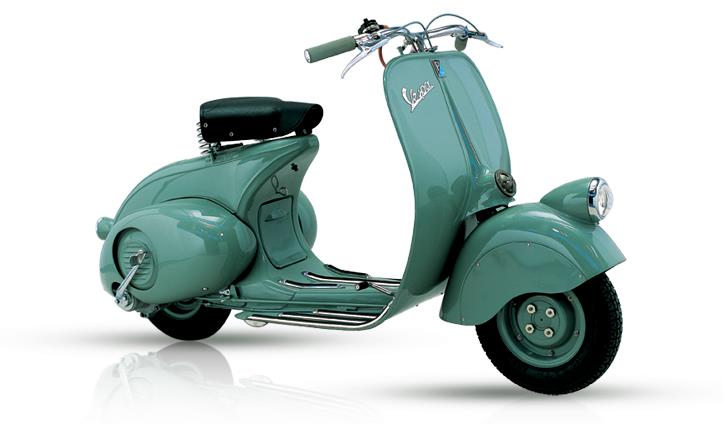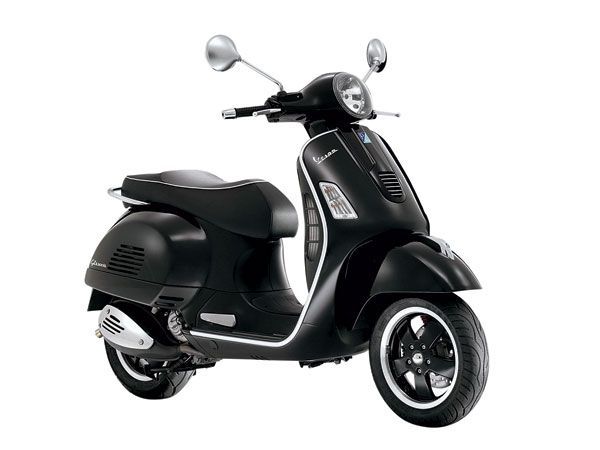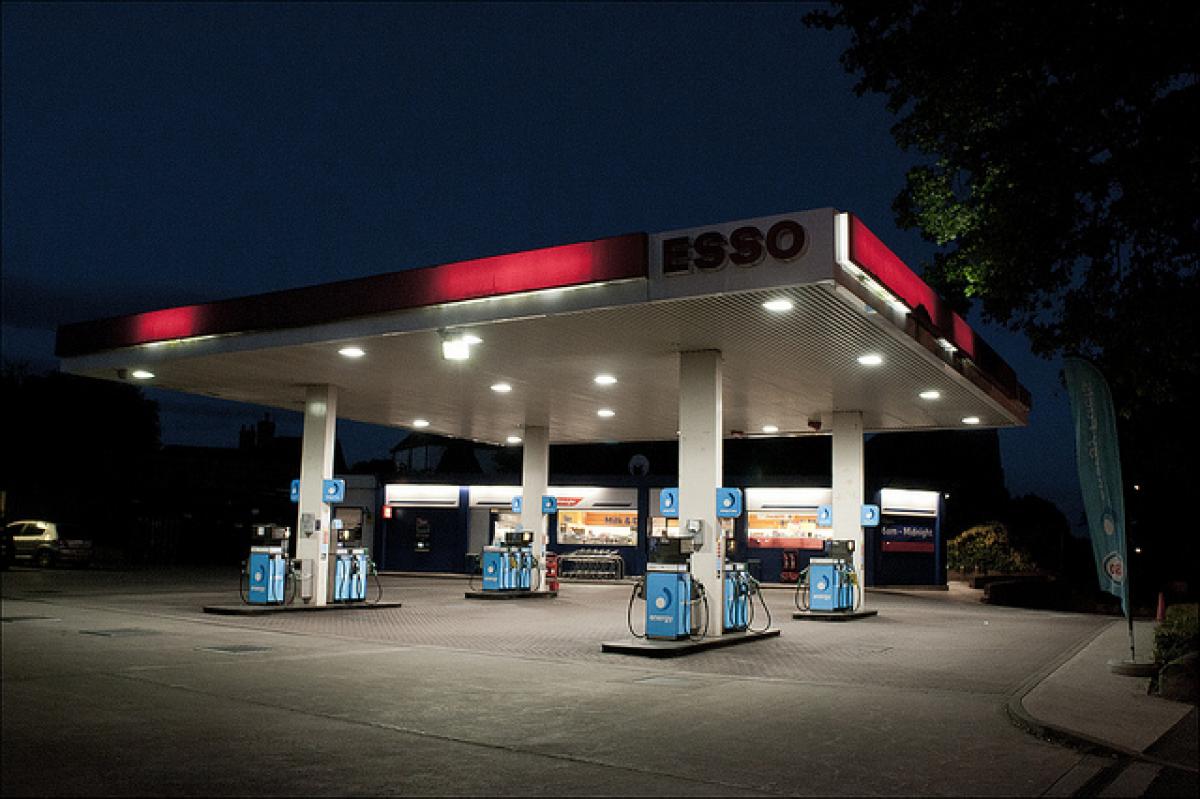75 years of Vespa | Three quarters of a century of iconic scooters
This week sees the 75th anniversary of one of the best-known names in, if not exactly motorcycling, then certainly ‘powered two-wheelers’ – Vespa.

ORIGINALLY conceived as a one-off model and created by a designer who conspicuously disliked conventional motorcycles, that first Vespa takes its birth date as April 23 1946, when its original patents were filed.
EICMA - Piaggio Vespa walkaround
That radical machine proved so successful it not only spawned a whole brand but created a new class of vehicle – scooters, became a hugely successful commercial entity, which it remains today (over 1.8million Vespas have been produced in the last decade alone) and also a cultural and fashion icon little else on two wheels can match.
Not bad for a budget, low powered utility vehicle born out of the ruins of WW2!
Like many of its modern contemporaries, such as Honda, Vespa was created out of the unique combination of circumstances at the end of WW2.
Italy’s Piaggio had primarily been an aircraft producer, but with the cessation of hostilities, its Pontedera bomber plan factory destroyed, aircraft production restricted by the Allies, a crippled Italian economy, Italian roads largely unfit for cars and a population demanding cheap transport, the company instead, like many others, decided to turn to affordable two-wheelers.

A first prototype was developed as early as 1944, by Piaggio engineers Renzo Spolti and Vittorio Casini, which featured small wheels and bodywork enclosing the central engine. But the boss Enrico Piaggio was unconvinced by its tall central section and commissioned aeronautical engineer Corradino D’Ascanio, who famously hated conventional motorcycles, to improve on the design.
The result, with its 98cc two-stroke single cylinder engine mounted beside the rear wheel to enable a ‘step-thru’ design, eliminating the dirt associated with a traditional drive chain and equipped with an easily fitted spare wheel, immediately impressed Piaggio who’s reported to have exclaimed ‘Sembra una vespa!’ – ‘It looks like a wasp!’ and a legend was born.
Publicly unveiled at the 1946 Milan Fair initial sales were actually quite slow. However, when an option to pay by instalments was introduced, sales took off. Some 2,500 were sold in 1947, over 10,000 in 1948, 20,000 in 1949 and over 60,000 in 1950.
1948 also saw a second Vespa model, a 125cc also gaining rear suspension, which helped fuel that sales success. And Vespa as a brand – and as a two-wheeled icon – was on its way
- 1958.jpg?width=1600)
A significant reason behind the success of early Vespa was Enrico Piaggio’s business savvy in creating publicity and interest in the new machine. Cooperation with the producers of 1952 film Roman Holiday resulted in seeing Audrey Hepburn riding with Gregory Peck aboard a Vespa through Rome – invaluable publicity which has been credited with resulting in 100,000 Vespa sales.
Also in the early 1950s, Vespa clubs started popping up throughout Europe, attracting two-wheel fans who wanted an alternative to conventional motorcycles and also to show their allegiance to the Vespa over the rival Lambretta, introduced by Innocenti a year after the Vespa. By 1952 worldwide membership had surpassed 50,000
As a result, by 1956 Vespas were pretty much the coolest thing on two wheels. John Wayne and Marlon Brando were pictured aboard them as, later, was Charlton Heston (in between takes while filming Ben Hur in 1959). 1956 also saw the one millionth Vespa built.

By the mid-1950s demand was such that Vespas were being manufactured not just in Italy but also under licence in German, France, Spain and, in the UK, by Douglas in Bristol.
And despite the emergence of affordable small cars such as the Mini and, in Italy, the Fiat 500, Vespa’s success continued through the 1960s while some rivals, most notably, eventually, Lambretta, fell by the wayside. In 1960, Vespa production reached 2 million, before surpassing 4 million in 1970.
A large part of that was due to Vespa’s continuous evolution and modernization plus its enduring popularity and fashionable status. In Britain in particular, the Vespa in the early 1960s became associated (along with the Lambretta) with the fashion savvy ‘Mod’ scene.
Vespa also benefitted from major industrial backing. In 1959 Piaggio came under the control of the Agnelli family, owners of Fiat, giving the company the financial muscle to survive the harder times of the late 1960s and early 1970s which saw Lambretta fall.

The 1970s also saw the debut of another significant Vespa model – the PX in 1977, which, by being a larger machine appealing to enthusiasts rather than just commuters, and also being available in a big variety of displacements (125cc, 150, 160, 180 and 200) also had a broad appeal and became a big success. Over 3 million were sold over the course of the PX’s lifetime.
Vespa’s commuter range of smaller 50s and 125s was also given a huge fillip with the successful launch of the both two and four-stroke powered ET2/ET4 family in 1996.
While finally, after weathering another financial crisis in the early 2000s, Vespa had another masterstroke by launching, in 2003, its ‘Granturismo’ (GT) in both 125 and 200cc forms. This machine delivered a brilliant blend of modern technology and luxury while featuring retro-inspired styling that paid homage to the historic Vespas of the past. As such it was a work of genius – appealing both to fashion-conscious commuters and historic enthusiasts – and a huge sales hit, cementing Vespa’s continuing success and paving the way for a whole series of GT spin-offs and derivatives which form the backbone of Vespa’s line-up to this day.

In 2005 a GTS250 was added, with an enlarged version of the GT’s pioneering liquid-cooled, four-valve, four-stroke engine, so becoming the fastest, most powerful Vespa ever. While this in turn was joined by the GTS300 in 2011, which, for 2021 was updated again to meet Euro5, now produces an impressive 24bhp from its HPE engine, features ABS and even traction control, is available in both 125 and 300 capacities in a variety of different styles and, despite now premium prices of up to over £6000, remains one of the most desirable (and fashionable) two-wheelers of all.
As I said earlier: ‘Not bad for a budget, low powered utility vehicle born out of the ruins of WW2…’


